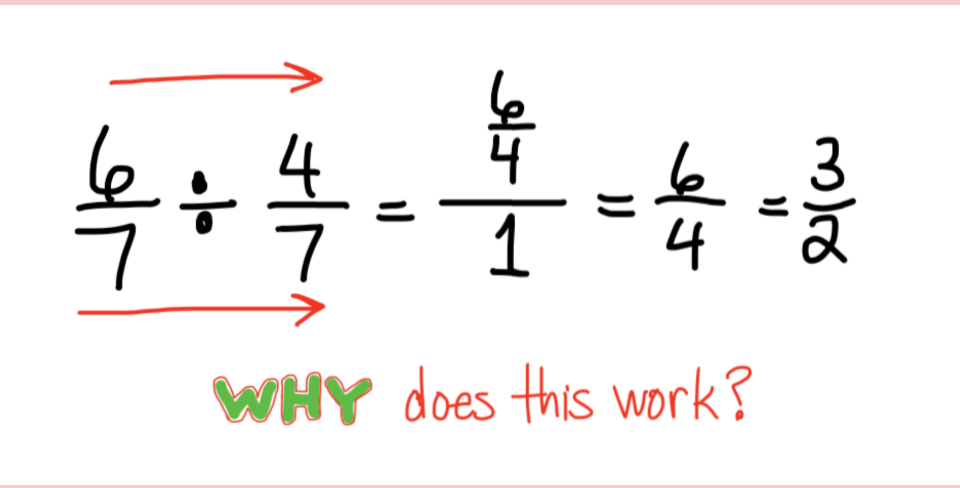This is the third part of a series of posts showing how to visually represent the four operations of whole numbers using the CHIP MODEL. The first part shows how to model addition and subtraction. The second part demonstrates multiplication with the chip model. There are two ways to think of division: partitive and quotitive. […]
Tag: visual math
This is the second part of a series of posts showing how to visually represent the four operations of whole numbers using the CHIP MODEL. The view the first part in which we show how to model addition and subtraction, go here. Just as the chip model is a particularly effective way in visually […]
About 32 years ago I had just completed my B.S. in Mathematics and was immediately hired to teach mathematics at Roosevelt Junior High School in Oakland, California. I thought I knew everything there was to know about K-12 math concepts. Most certainly, adding and subtracting whole numbers! However, I was almost immediately humbled by a […]
I recently was hanging out with some 6th grade teachers and, as often happens with teachers, we began talking shop. “Fractions…ugh”, said one teacher. “I’m getting into dividing fractions. I don’t know how to explain it to my kids any better than KEEP-CHANGE-FLIP”, she confessed. “I don’t teach that algorithm, because it never makes sense […]
When I teach new mathematical concepts to my students, I always try to use some sort of visual model to make the learning easier. No duh! But what I have noticed is that over the years I have collected an odd assortment of models to teach everything without any theme to all the models. The […]
When do you know it’s time to try something different in your math lesson? For me, I knew the moment I read this word problem to my fifth-grade summer school students: “On average, the sun’s energy density reaching Earth’s upper atmosphere is 1,350 watts per square meter. from Pocket Here is where I got this […]




